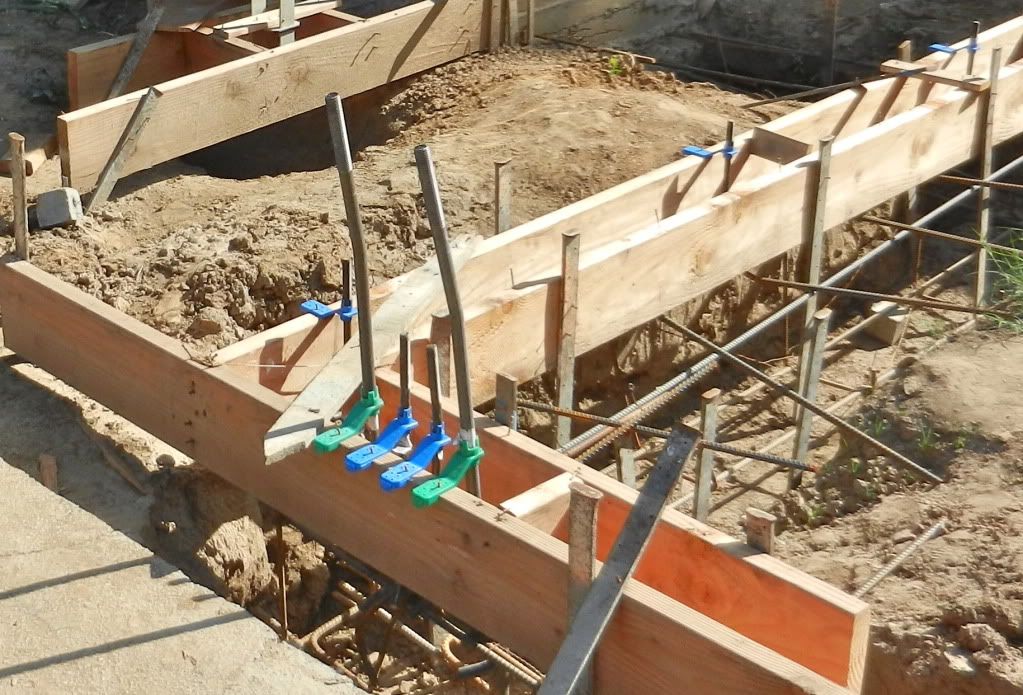Unless I know the actual circumstnces of the engineers visit to the site I find it very difficult to be judgmental regarding wether the engineer's actions were substandard.What circumstances would be relevant? How about looking at the work and the engineer's report? Those are the only important circumstances.
Regarding the claim that structural observation is an inspection, this is not supported by the code language. Read the building code.
Right you are. The code says that a structural observation is a visual observation. So go ahead and split hairs but nothing changes how it works. The engineer does exactly the same thing that the inspector does but engineers being more important than mere inspectors get a fancy description for the same task.
Building officials and inspectors who atempt to force the engineer to turn structural observations into inspections are over stepping their authority. Building inspectors need to be clear on the difference between what the code says and what they believe it should require.
I don't force the engineer to do anything. All I require is a valid report that states that the work does or does not match the plans. If the report states that the work matches the plans but in fact the work is way different from the plans, I reject the report.
An inspector will focus on a number of issues but because he is focusing on specific items it is likely that he will not find other problems. The more time an inspector can spend on the project the more problems he can identiry. Because he did not find those problems he will not be aware of his mistakes. When another individual visits the project he will be sensitive to other issues and thus it is easy for him to see problems not seen by the first inspector. This does not necessarily mean the original inspector was deficient. Subsequent inspectors would be expected to find additional problems.
How many inspectors does it take to get a thorough inspection in your area?
An engineer preforming structural observation is doing a spot check, trying to identify if there are conditions that were not identified in design, and is looking at the global issues. In this context he will be limited in the number of local issues that he can focus on. assuming that this effort constitutes detailed inspections is delusional. The need for a more detailed focus is recognized by the requirements for special inspection. In general special inspections are performed by special inspectors and not the design professional.
Take a close look at the picture. There's a big spot for the engineer to observe. Special inspectors will not be employed on most jobs and to let the engineers off the hook because someone with inspection skills will save his bacon is wrong.
Suggest that building inspectors have a little humility. There are times that the engineer will find things missed by the building inspector and these omissions are not passed along to the city inspector. It is easy for inspectors to believe that they have caught everything if they are not forced to confront their mistakes. This is a well understood psychological process. This is a problem for building inspectors who consider themselves infalable. I mean who is going to tell god that he made a mistake.
Lack of humility, no one to point out my mistakes, likening myself to God, two out of three isn't bad. Gosh it's almost like you know me.
At some level we are deluding ourselves into thinking that we can solve the problems by better inspections. The real solution will address the question as to why the work was not constructed properly in the first place. Until we address that question we will not make progress. Building departments and especially building officials are limited in their ability to address this broader question.
My job in construction is to find mistakes after the fact and prevent mistakes beforehand whenever possible. The answer to the broader question will come from those who feel the pain and I don't have a stake in that.


